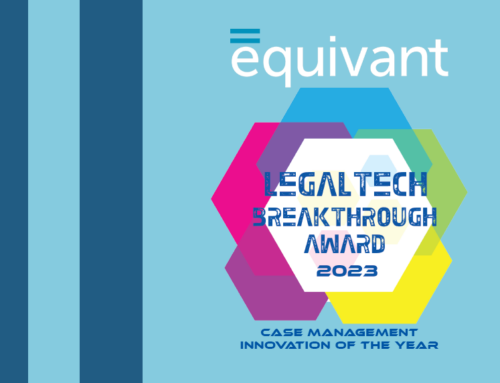Are you protecting your most vulnerable inmates?
Northpointe Classification • An equivant product

In our country today, people with mental illness are 11 times more likely to be victims of a violent crime than the general public.1 In our jails and prisons, people with serious mental illnesses were nine times more likely to report sexual victimization, and up to a third of mentally ill inmates are victimized in other ways.2
How can we best protect our most vulnerable inmates?
For decades, the primary way jails and prisons have attempted to mitigate this elevated risk and keep mentally ill inmates safe was to keep them separated from the general population. This makes sense: When vulnerable inmates aren’t exposed to potential predators, they’re substantially less likely to be victimized.
But, is it really that simple? Does separate housing solve the problem? It may, but it also creates potentially greater problems. For many people with mental illness, being isolated in a restrictive housing setting can cause deterioration of their mental health and even more serious conditions for the jail to address.
Restrictive housing may have been the best available answer before we had access to data and scientific assessment tools, before we had true evidence-based practice, and before we knew the consequences.
But in today’s jails, we can do better. We can use assessment tools not only to appropriately place inmates with mental illnesses, but also those around them. We can consider our entire ecosystem, not just zero in on a single vulnerable inmate. It’s less about isolating the mentally ill individual than it is about controlling which inmates are accessible to each other.
Risk assessments are the key to protecting vulnerable inmates. When you understand their specific risks and needs and the risks and needs of others in your jail, you can make housing decisions that keep everyone safer and don’t put mentally ill inmates’ health at risk.
If you’re looking for ways to integrate risk assessments into your housing decisions, give us a call. We can help you maximize safety not only for vulnerable inmates, but also for your staff, your general population, and other high-risk individuals. Let’s get started today.
1 Treatment Advocacy Center, 2016
2 Treatment Advocacy Center, 2017





